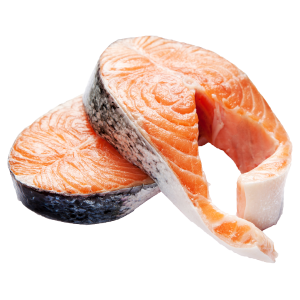We have all heard it before. “Don’t ever switch your pet’s food!” “This is a diet for life.” “Stick to this food and don’t look back!” Unfortunately, this is a common myth that we have been told over and over again. In this blog posting, we are going to explore rotational feeding and the benefits that can accompany this method.

What is Rotational Feeding?
Essentially, rotational feeding is about introducing diversity into your pet’s diet. This means that you don’t stick to the same food for every single meal. For instance, one of the most common methods is to change the protein source (chicken, duck, lamb, etc..) of your pet’s food.
What are the cons to feeding the same diet every day?
One of the biggest cons to feeding the exact same food constantly is that the risk for food sensitivity and/or allergy increases. Food sensitivities can be responsible for a vast amount of ailments in our furry loved ones. When a pet has a food sensitivity, this can manifest in the form of eye discharge, raw paws from excessive licking, overall dry and itchy skin and an upset digestive system. Essentially, the longer you feed a specific diet to your pet the more likely they are to develop an allergy or sensitivity to one or more of the ingredients in that diet.
What are the benefits of rotational feeding?
How do I begin rotational feeding?
Step 1
Step 2
Step 3
Step 4
Changing your pet’s diet is not dangerous like the many myths we have heard. You just want to make sure that you do it safely. Drastic and sudden changes in our pet’s diet can cause upset stomachs and issues like vomiting and diarrhea.
Now finally, you may be asking, how often should I be changing their protein source? That is completely up to you and also based on your pet. One of the more common timelines is to change their food every 3-4 months. However, we do have many customers that will feed their pet’s different protein sources for every meal. Rotational feeding is becoming more and more popular, and the science behind it is only growing. We recommend trying it out and we are certain that your pet’s body, appetite and taste buds will thank you for it!

